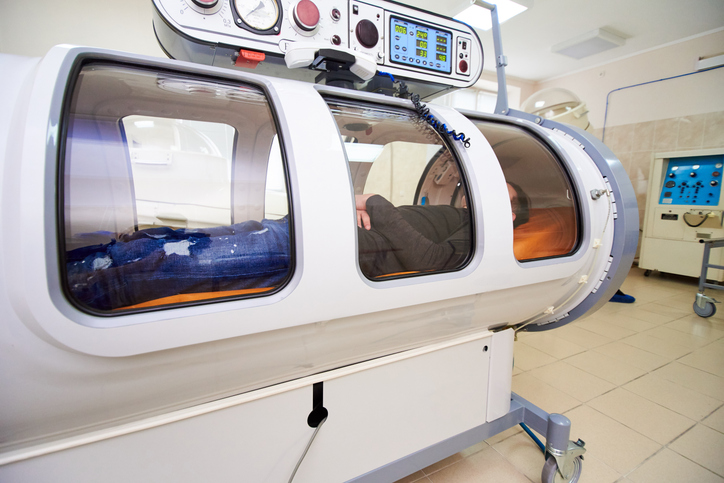The core revenue stream for every hotel brand will always be heads in beds. But increasingly for luxury, premium and upscale properties, a strong reason to visit is required to convince customers to select you versus the competitor. With the OTAs, metasearch, short-term rentals and a litany of other travel resources, guests have near-endless optionality for accommodations. Your hotel must forge a striking identity, with the wellness industry now assuming a central role in a brand’s strategy for attracting guests and commanding above-market rates.
Not just as a reason to visit to feed the rooms revenue ledger, the sheer broadness and flexibility of the term ‘wellness’ allows nearly any brand to play in the space. Within the word’s comprehensive definition as products or services that enhance an individual’s health or well-being, there are applications for traditional spas, the guestroom, F&B, M&E and activities. As such, having a long-term wellness strategy is critical for TRevPAR growth (revenue per guest including all ancillary spend) as well as that of a hotel’s overall profitability mix and asset valuation.
What we’re seeing as a trend within this trend is the proliferation of the concept of ‘wellness floors’. Another term with some ambiguity, two main categories can comprise said floors, and it’s up to you to decide which has the most feasibility for your brand, your property and your capital budget.
The first definition of a wellness floor is a straightforward rebranding of the spa. The traditional ‘spa’ connotes massages, facials, manicures, pedicures, treatments, sequences of different treatments (now commonly called rituals) and a calming atmosphere with high-end finishings. While guests still want those services, a wellness floor can incorporate whatever the owner or designer fancies and any number of the latest health crazes. Moreover, such upgrades can help to sell day passes to locals to further bolster the revenue mix.
Mineral bathing, contrast therapy and sauna circuits are in vogue right now, so a renovation can look to build out some cold plunges, ice baths, steam rooms, halotherapy (salt) rooms, infrared saunas or even cryo chambers. And speaking of advanced treatments like spending three minutes in a -150C tube, there’s also hyperbaric oxygen treatment (HBOT), cyclic variations in adaptive conditioning (CVAC) systems, deprivation tanks, soundscapes, neuro-acoustics and lots more ways to awe guests with the latest sci-fi devices.
Wellness can also mean fitness, with hotels spending a pretty penny for state-of-the-art exercise equipment as well as looking for yoga, breathwork or dynamic movement practitioners who can lead group classes or provide guidance on in-room workout programming for guests who may not have time to hit the gym. Finally, wellness most certainly means food, with many of these redesigned floors also including a bespoke food outlet with a health-conscious menu likely centered around more informal dining and plant-based items that don’t require a full kitchen to prepare.
To cover off the next key pillar of well-being – sleep – brings us to the guestroom and the second categorial definition of a wellness floor. Like the club floor concept, this is when a hotel upgrades one or two guestroom floors specifically as wellness-oriented inventory as a means of introducing another product tier for enhanced packaging, upselling and rewards.
We highlight sleep because that’s where most hotels are realizing the most traction with these single-floor or single-section renovations. Think temperature-controlled beds, circadian lighting, a pillow concierge, your choice of breathable linens, blackout curtains, noise-dampening materials, branded eye masks, enhanced bathroom amenities, vitamin-infused showers, air purifiers, access to sleep tracking tech, sleep-inducing stretching routines on the TV, sleep-promoting turndown services, and custom herbal tea blends with ingredients like chamomile or passionflower.
Wellness floors need not be themed solely around sleep, though. Hilton’s Five Feet from Fitness and IHG’s EVEN Hotels, amongst others, have both tapped into a lucrative niche by designing exercise-centric rooms alongside a myriad of other onsite services for the traveler who wants to maintain their at-home fitness routines but may not necessarily have the time for a full gym session. Even more niche, you can outfit certain room stock ahead of arrival with heightened F&B such as wellness-oriented minibars, elaborate coffee service, on-demand supplements or all the requirements for a multiday juicing detox.
So, whether it’s a spa wellness floor renovation, a guestroom wellness floor renovation or a full-scale PIP that factors in both, the point herein is that there’s lots of territory for any brand – even those more firmly in the midscale or economy segments – to deploy some wellness-oriented amenities to support rooms revenues or help diversify incomes away from strictly heads in beds.
Which path do we recommend? That depends entirely on your brand vision. But because each brand is different and because wellness can be many different things to different people, when done right your hotel can realize tremendous success from this burgeoning industry.
